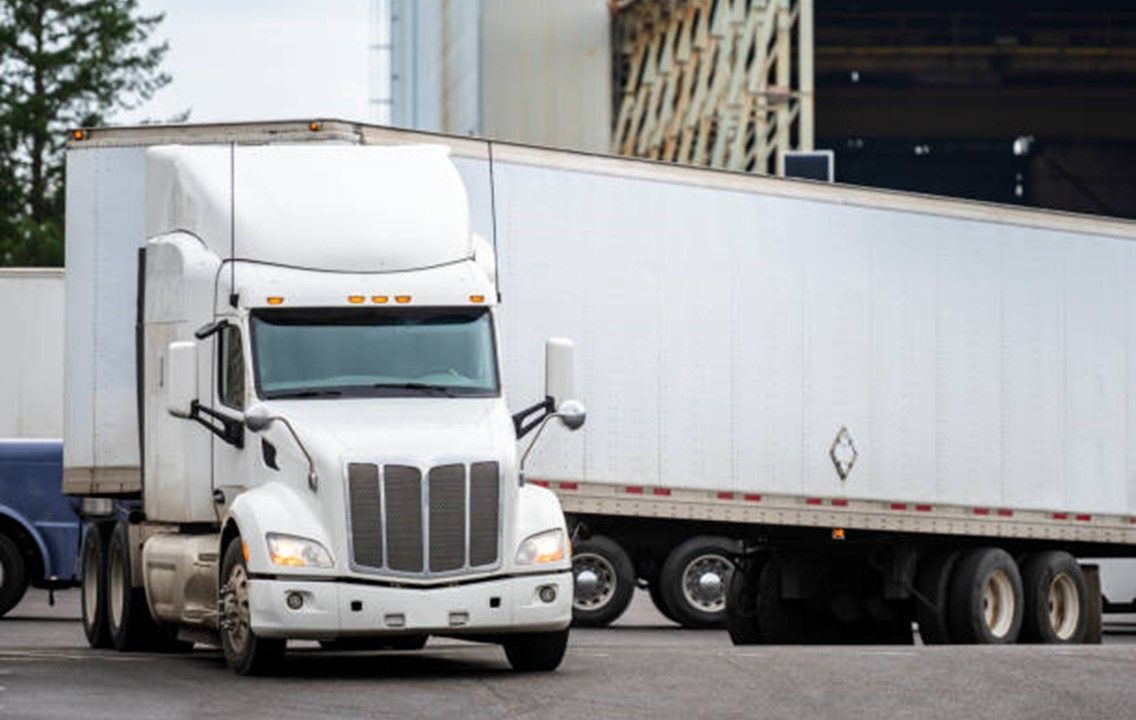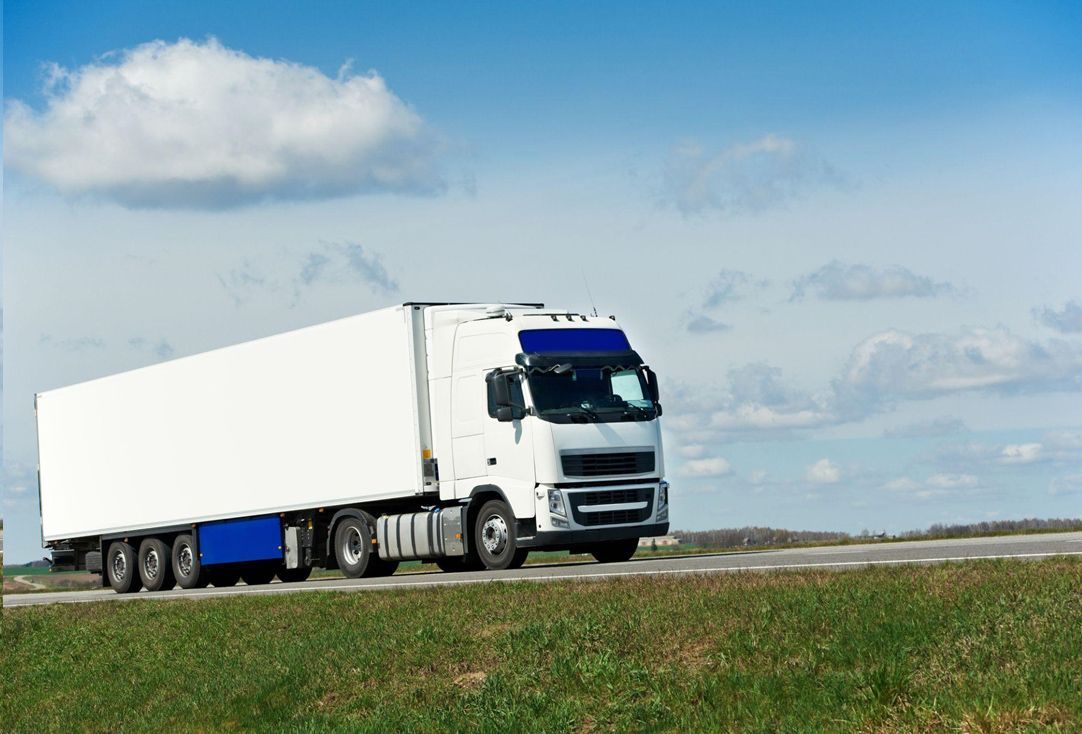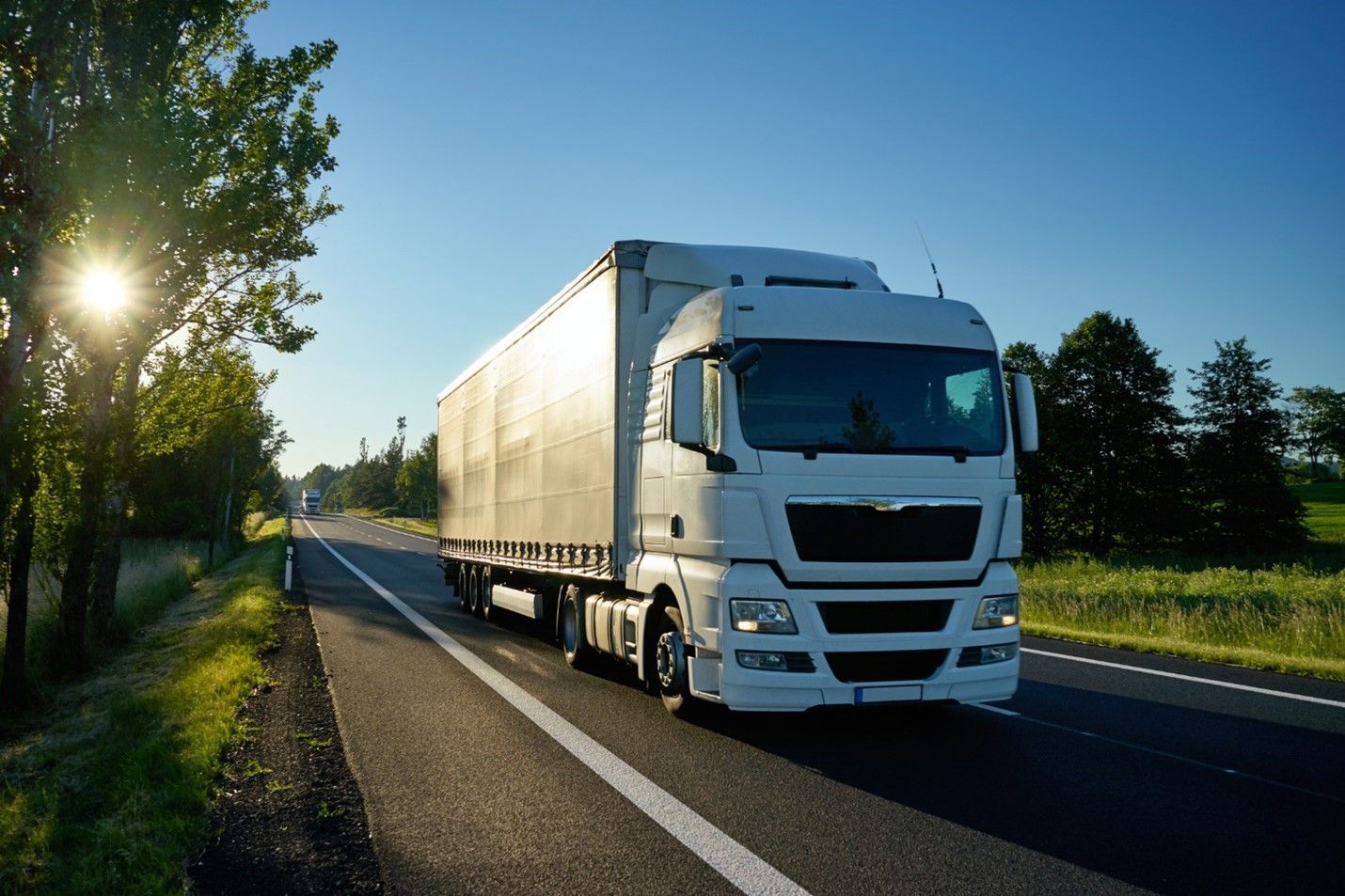Rewriting Your Resume for a Truck Driving Career
- By Admin
- •
- 13 Sep, 2021
- •
Are you a soon-to-be new truck driver with a so-so resume? Before you apply for your first job, take a look at what you need to know about a resume redo.
Ask Yourself These Questions First
What do you want your truck driver resume to say about you? Obviously, you want to get an industry-related job. But a general resume with only information about recent driving experiences may not get you the dream job you want - or your dream pay rate. If you're not sure what to add to your resume or how to edit an existing document to make it career-ready, ask yourself:
- What kind of job do you want? Truck driver is a broad term. Think about whether you want a long-haul (over the road), short-haul (local), construction, or other type of job. Tailor your resume to whichever type of job you want.
- What are your long-term career goals? Some employers want to know more about where their future employees see themselves down the road. While you don't have to explicitly state your future career goals, you can incorporate them into parts of your new resume.
- Do you have some of an existing resume to use? You may not need to start from scratch. Review an older version of your resume and decide what you can and can't keep. Remove anything that doesn't highlight driving-related skills or experience.
Along with these questions, ask yourself whether you only want to include industry-related information or you prefer to pepper your resume with other skills, past jobs, or educational experiences that may potentially apply to your first truck driving job.
Edit and Include Past Experience Carefully
Should you include every past job or educational endeavor in your new resume? Again, some past experiences or educational background can help to pad a truck driving resume. But this doesn't mean you should keep everything from your old resume in your new one. Non-driving items to add or keep could include:
- Your high school education. A diploma is the first step towards an adult job. You need this credential (or an equivalency) to get into a post-secondary school or trade program. Your future employer will likely require this educational experience.
- Other applicable jobs. Truck driving is more than just on-the-road action. You may need to interact with clients, supervise other employees, or organize inventory. If you have past experience with these types of duties, highlight other jobs.
- Volunteer work. Show your future new employer that you're a hard-working person who wants to help others. If you have significant volunteer experience, note these activities in your resume. Highlight volunteer work that directly applies to driving-related job duties.
Review your entire resume and edit out anything that doesn't seem like it fits. This can help to streamline your resume and make it easier for your future employer to read.
Add New Information
Now that you've edited old or existing information, add new items. These should include sections or points on truck driving-related education and experience, such as:
- Truck driving school. Where did you train to become a driver? Add the school's or program's name and the dates of training.
- Endorsements. Along with your CDL (commercial driver's license), you may also have specific endorsements. Hazardous material, tank vehicle, passenger, and school bus are common specialties.
- Experience. Even though you are a new driver, you may already have some experience. Highlight on-the-road training from a school program or externship.
You may also want to add a new career-oriented objective to the top of your resume. If you already have a career objective listed, delete it and replace it with something that only focuses on driving.
Are you ready to start your career as a truck driver? Contact Commercial Trucking School for more information.







